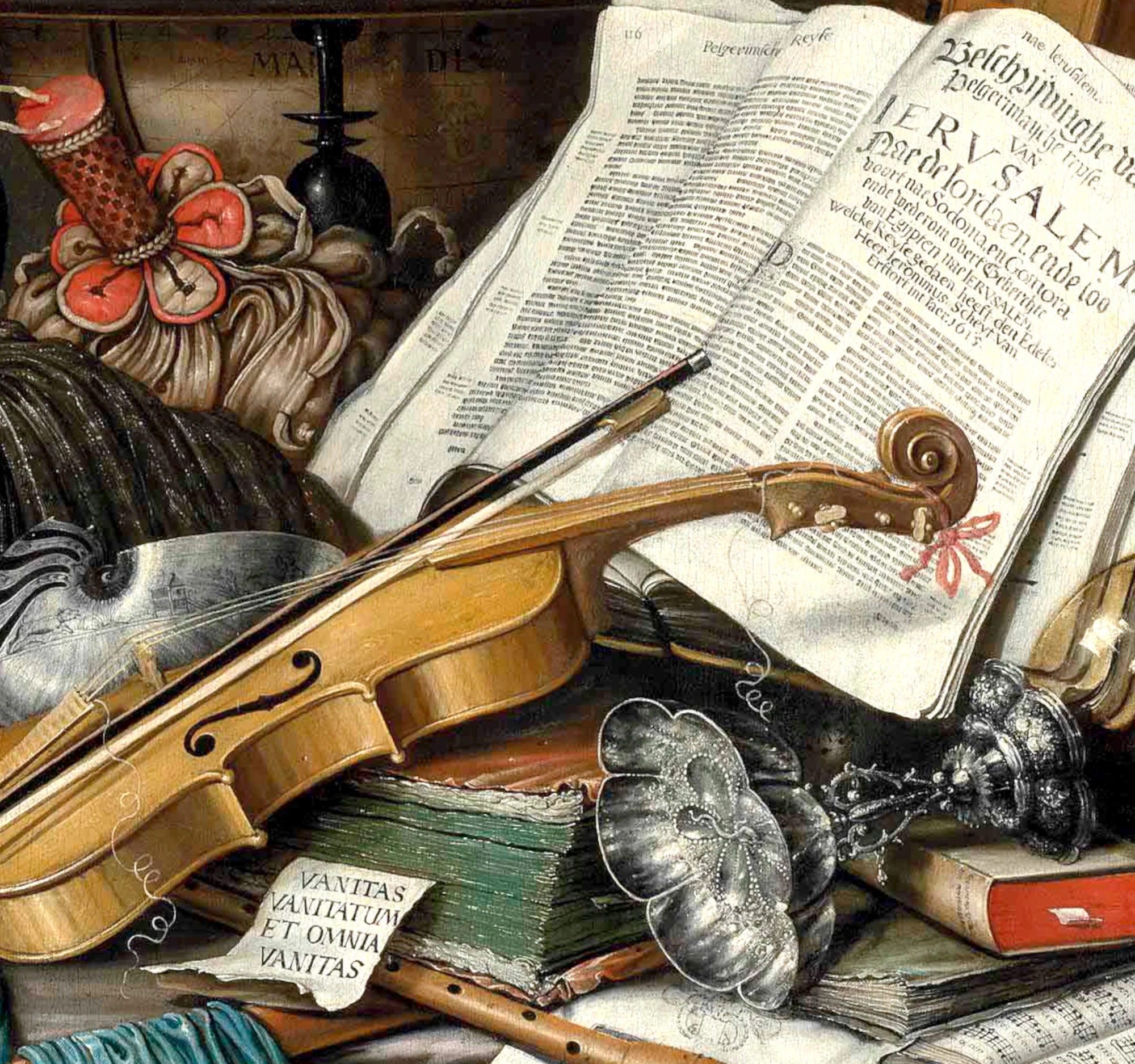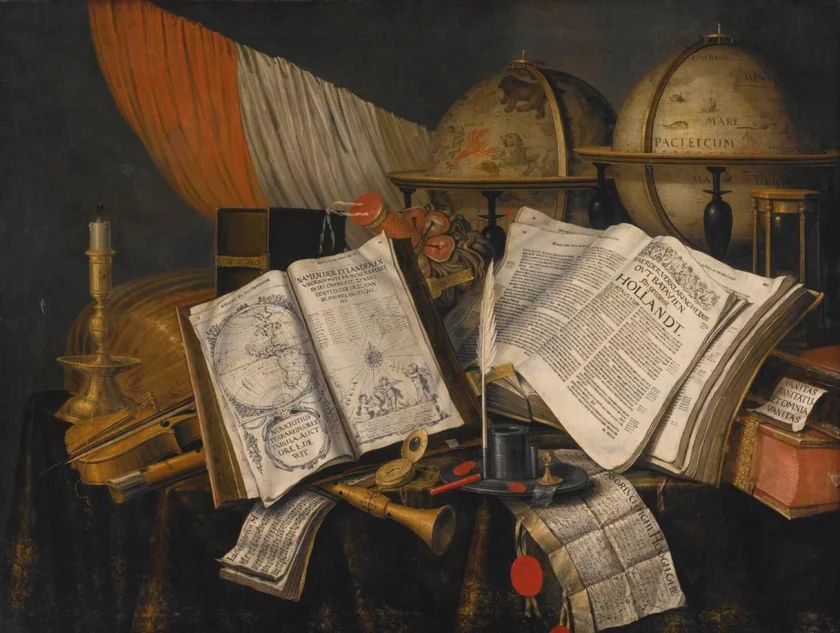Evert Collier - Gifted Gallery
- Lilium

- Nov 6, 2024
- 2 min read

Evert Collier, born 26 January 1642, was a Dutch Golden Age still-life painter known for vanitas and trompe-l'œil paintings. His first name is sometimes spelled "Edward" or "Edwaert" or "Eduwaert" or "Edwart," and his last name is sometimes spelled "Colyer" or "Kollier".
Collier was baptised Evert Calier in Breda, North Brabant. He was trained in Haarlem, where his earliest paintings show the influence of Vincent Laurensz van der Vinne, who became a member of the Haarlem Guild of St. Luke in 1649, and whose son Laurens van der Vinne listed "Evert Colier" in 1702 as one of the Haarlem guild members who had known his father. Van der Vinne was most likely his teacher when Collier registered with the Haarlem guild in 1664. They both later influenced the Haarlem still-life painter Barend van Eisen.
His works tend to be an arrangement of pieces of paper painted to "pop out" of the surface in a trompe-l'œil fashion. Like Van der Vinne before him, he often included prints, but these tended to be popular prints of the day.

By 1667, Collier had moved to Leiden, where he became a member of the Leiden Guild of St. Luke in 1673. He moved to Amsterdam by 1686 and to London in 1693. He returned to Leiden in the years 1702–1706, based on signed and dated works there, but was back in London at the end of his life where he was buried September 8, 1708 at St. James's, Piccadilly.
The Denver Art Museum, the Honolulu Museum of Art, the Indianapolis Museum of Art, the National Portrait Gallery (United Kingdom), the Rijksmuseum (Amsterdam) and the Tate (London) are among the public collections having paintings by Evert Collier.
The US historian, Dror Wahrman, has written a book on Collier's trompe-l'œil works, Mr. Collier's Letter Racks. The book brings together a wide range of the painter's still lifes from the late 17th and early 18th centuries, mostly from the time when Collier was living in London. Their themes were almost exclusively arrangements of journals, engravings, letters, medals, combs, sealing wax sticks and other ephemera, signifying an updating of the older 'memento mori' still life model.
Reading Recommendations & Content Considerations


















































































Comments